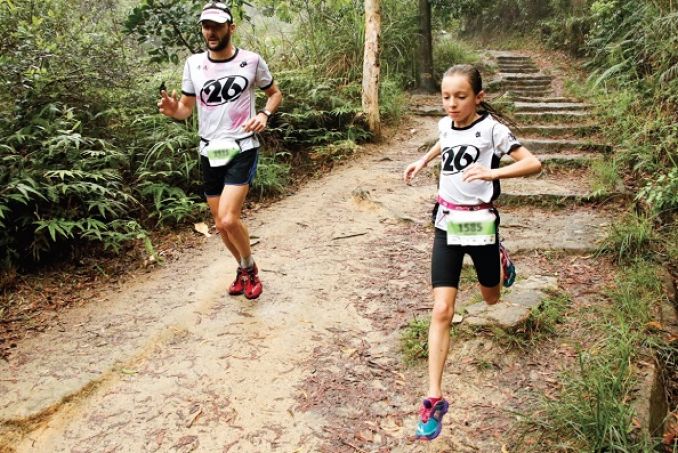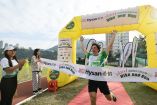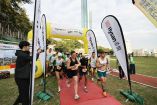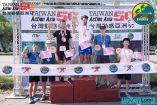Sports Science Tips for Runners
By Dr. David Cosman in Hong Kong For Action Asia Events
Wanting to know how to swing your arms at the upcoming Ricoh Healthy Hike & Run / Bonaqua C3fit Action Sprint? Read on...
Hand Position and Arm Swing in Running
Arm swing helps spring--‐load the body’s fascia system, pumping and compressing muscles to get the best out of them.
The fascia in your body is connective tissue that acts like a spring loaded amplification sling if used properly. Efficient running technique takes advantage of the fascia network and its’ ability to transmit force from muscle to muscle in a balanced and coordinated fashion. With technique and timing you can expect to discover rhythm. A good run is where the rhythm is smooth and feeling fine.
Arm swing emphasis should be behind you rather than reaching in front of you when you walk or run. This is thought to apply a spring loaded stabilizing traction to the opposite gluteus maximus and hamstring muscles as they contract and relaxes like a cyclic mousetrap spring; one at a time, your gluteal muscle is the primary muscle that pushes your thigh behind you. This propulsion thrusts your body forward and creates stability, power, and a taller/stronger running posture. The calves are secondary follow--‐through muscles and should not be overstressed.
Timing and rhythm with dynamic tension of healthy fascia can best provide running efficiency with stability, strength, balance and predictability to active muscles, connective tissues and joints. This technique description is termed GMax .
As a sports scientist, I advise athletes to receive fascia and muscle maintenance from a trained Fascial Manipulation (Stecco Method) practitioner.
Swing away!







/CBREMKC_9735_HK_Logo web banner-01.jpg)
/RoyalInt300100banner.jpg)
/HysanWebBannerDesign300.png)